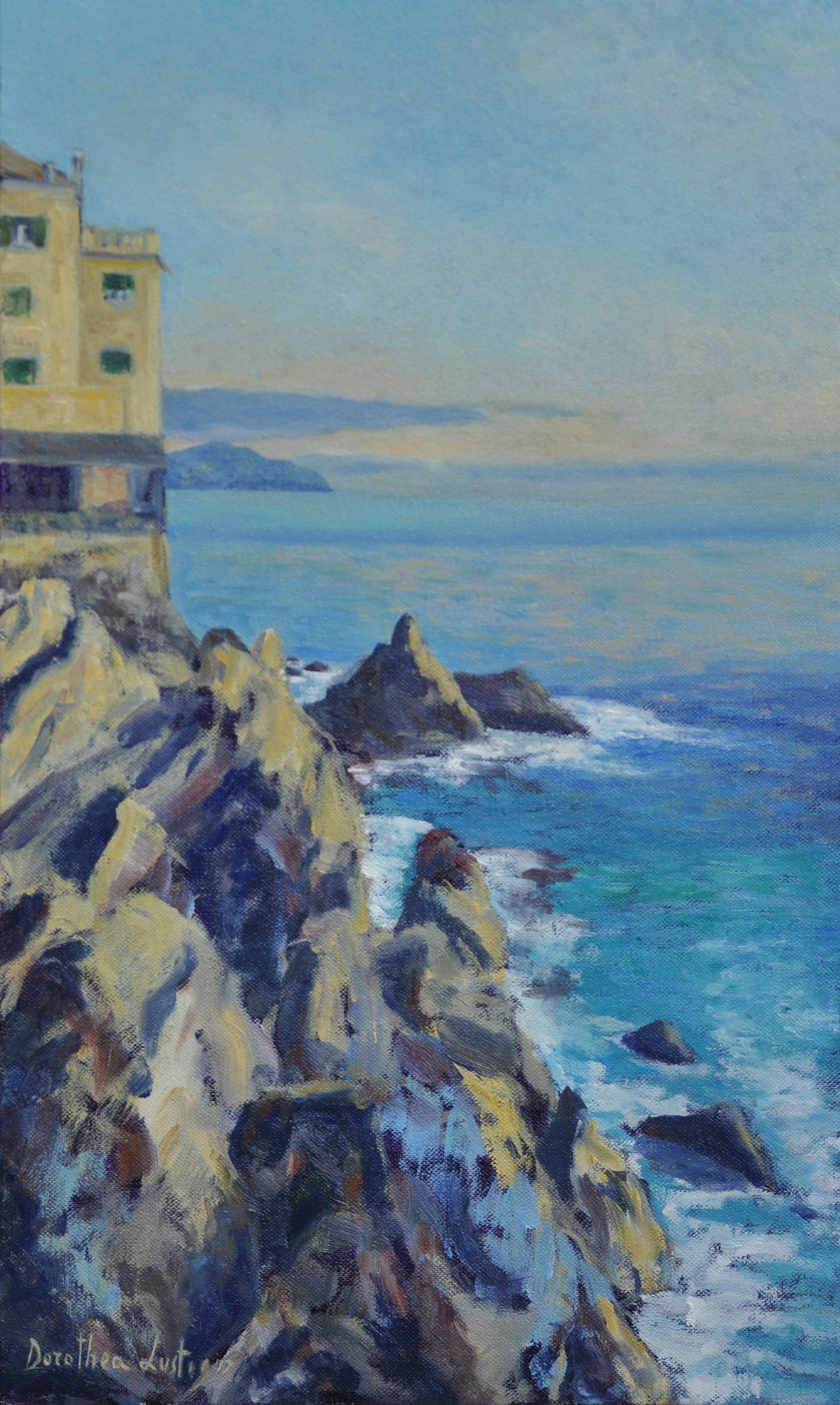Authenticity of the landscape
Authenticity of the landscape
The landscape, and its specific importance, has become a genre that boasts a well established significance in the widest scope of visual arts. Its representation, over the centuries, has varied enormously, resulting in the emergence of regional schools where important landscape artists present many different interpretations of the view. Our region, Liguria, is credited in this regard as being at the forefront in every respect; a bright story illuminated by diverse interpretations and tonal variation with an outstanding history and educational point of reference, especially for younger generations of artists.
For a long time, in the context of comparison between distinct interpretive modes of the landscape, the conception that celebrates it as a place of the soul has been increasingly affirmed. As a result it has overcome its mere mechanical reproduction to achieve a more complete view, revealing the passions, the spiritual values, and ultimately, the soul of the artist.
The landscape, has become a site of exploration that does not stop at the surface and the enchantment creates an intimacy, guiding one along a path to discover new and unexpected emotions. These emotions did not escape Dorothea Lustig in the face of entrancing landscapes and
poetic sunsets. Through her personal interpretation, well-proportioned composition, and use of delicate layers of colour, her mode of presentation encourages the observer to reflect and concentrate on themselves. Underlying Dorothea’s depiction of the landscape, a silent, melancholic vein is injected, which may draw one into the metaphysical realm, creating a sense of mystery. The artist, through her way of representing the landscape, exposes her personality and feelings. She insists upon honesty, and the sincerity of her paintings, like poetry, represents the voice of truth.
Dorothea appears to suggest that to reach the point of existential well-being one must reach an emotional state through the tranquillity of silence. Dorothea spends much time observing the sky, the sea, the boats, the trees and the houses, prior to creating her painting. These figures, which express the silence she desires, are regularly present in her work.
I agree with her brother, Leonardo, when he says that the paintings of Dorothea “transmit positive values, there is no visual confusion and no reason to criticise”. The artist appears to sustain the
position that in the world of contemporary art there is room for figurative painting and in particular, the landscape. She suggests that it is an art form which can help us confront the problems of mankind and life in general.

